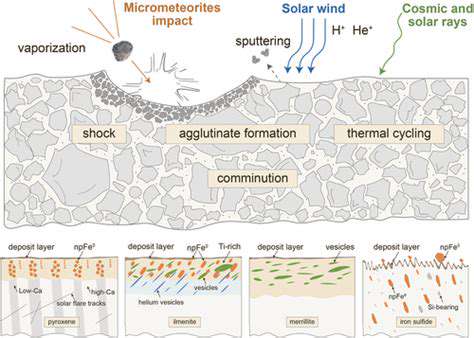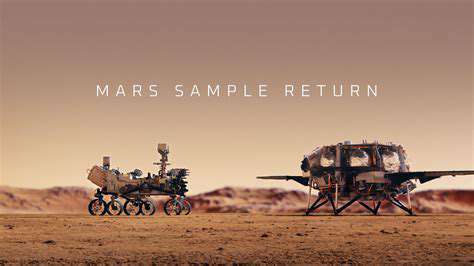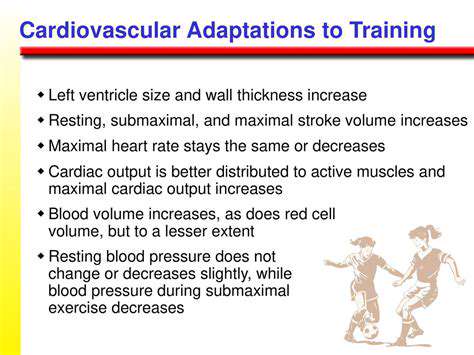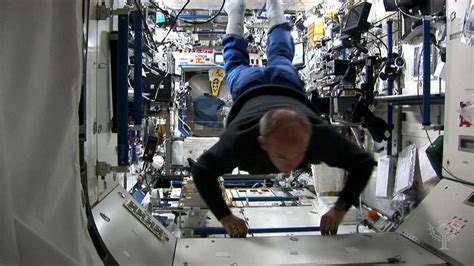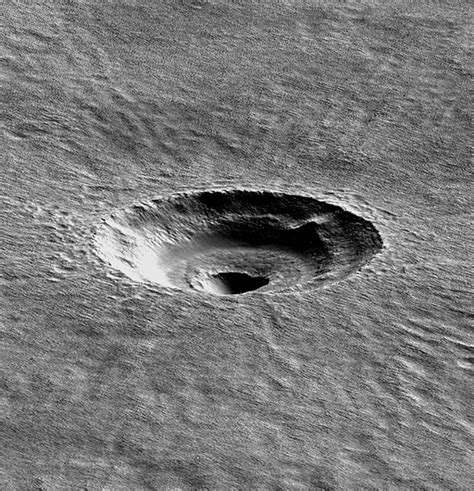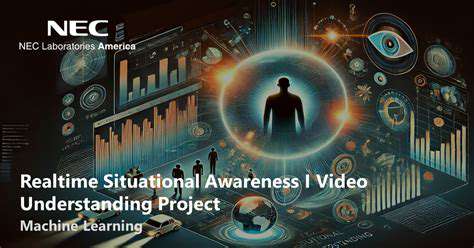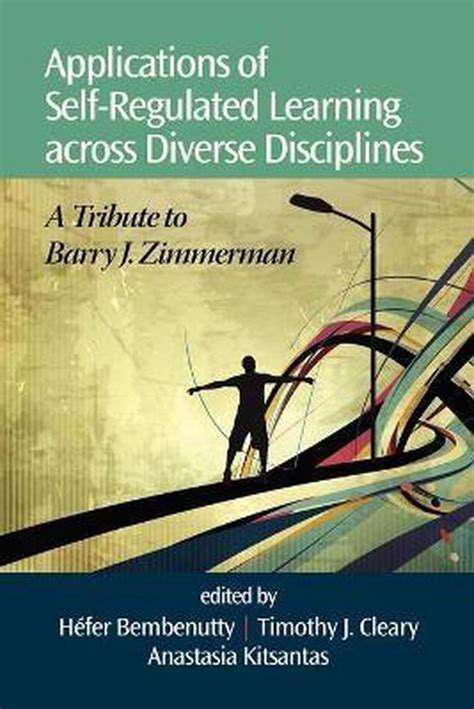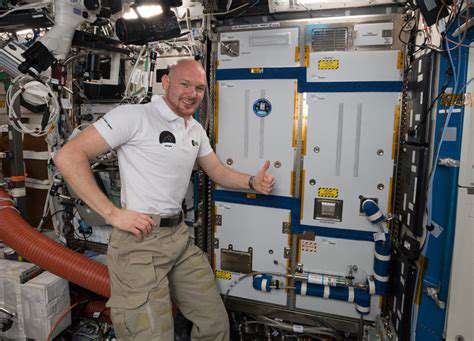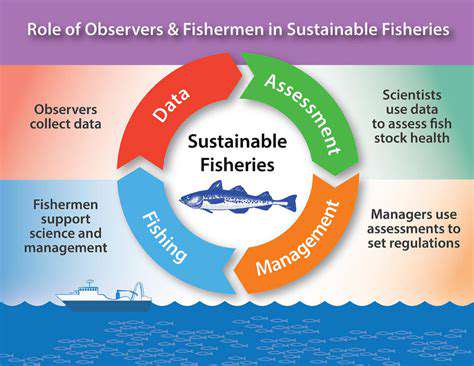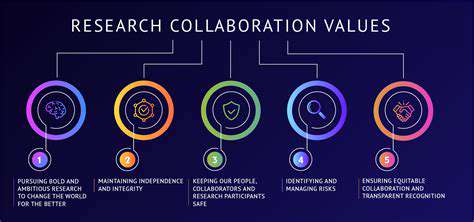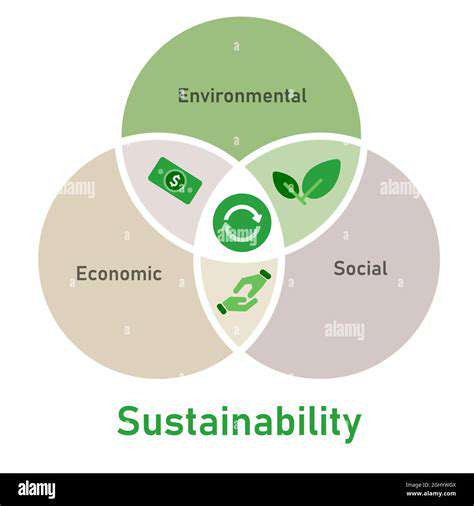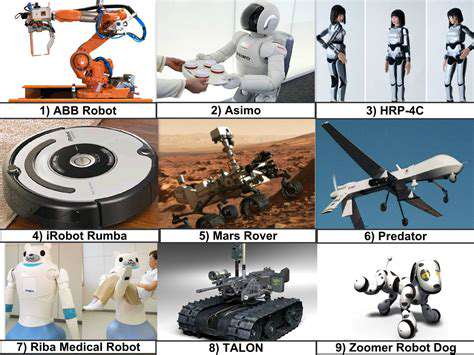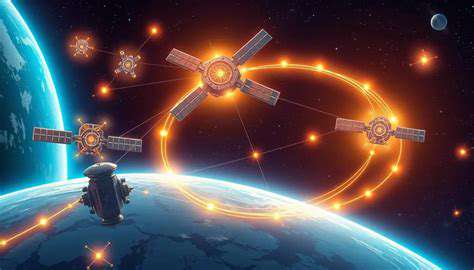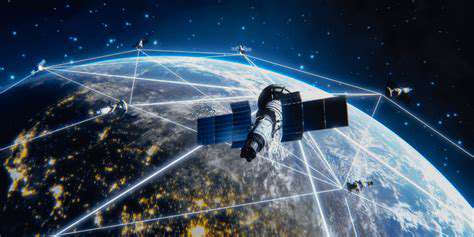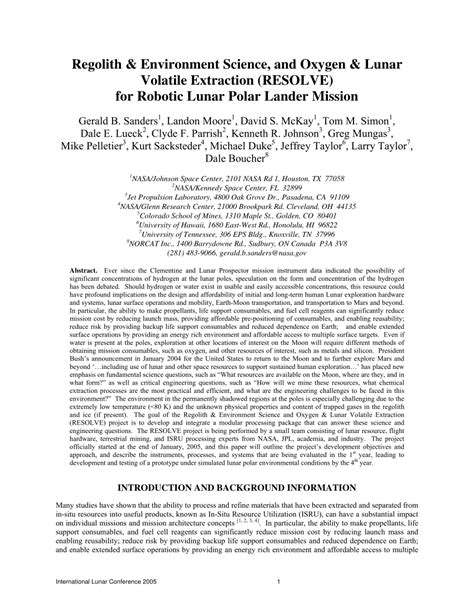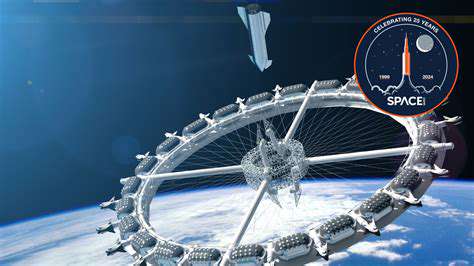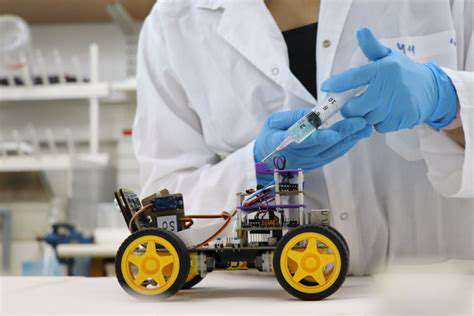Additive Manufacturing in Aerospace: Revolutionizing Production
Additive Manufacturing in Aerospace: Revolutionizing Production
Astrobiology Instruments: Tools for Life Detection
Astrobiology Instruments: Tools for Life Detection
Space Based Medical Research: Microgravity Effects
Space Based Medical Research: Microgravity Effects
Space Tourist Training: Preparing for Orbital Adventures
Space Tourist Training: Preparing for Orbital Adventures
Space Based Space Situational Awareness Systems
Space Based Space Situational Awareness Systems
Space Policy and Funding: Government and Private Investment
Space Policy and Funding: Government and Private Investment
Earth Observation Satellites: Monitoring Our Planet
Earth Observation Satellites: Monitoring Our Planet
Satellite Based Fisheries Compliance Monitoring
Satellite Based Fisheries Compliance Monitoring
Advanced Composites in Aerospace
The lightweight nature of advanced composites directly translates to reduced fuel consumption. Less weight means less fuel needed for takeoff, cruise, and landing, leading to lower operating costs and a reduced carbon footprint.* Enhanced Strength: Despite their low weight, advanced composites exhibit exceptional strength, enabling the construction of lighter, yet more durable aircraft structures. This translates to increased payload capacity and potentially longer flight ranges.* Improved Performance: The superior strength-to-weight ratio and enhanced stiffness of advanced composites contribute to improved aircraft performance, including faster acceleration and enhanced maneuverability.* Increased Design Flexibility: Advanced composites allow for intricate and complex designs that are not possible with traditional materials. This opens up possibilities for innovative aircraft configurations and aerodynamic shapes, further optimizing performance.* Sustainability: The reduced fuel consumption and lower carbon emissions associated with advanced composite aircraft contribute to a more sustainable aviation industry.Applications and Future TrendsAdvanced composites are increasingly being used across various aircraft components, including wings, fuselage sections, and control surfaces. As the technology matures and costs decrease, the integration of composites is expected to expand further, potentially leading to entirely new aircraft designs and manufacturing processes.Challenges and OpportunitiesWhile the benefits of advanced composites are substantial, challenges remain. Manufacturing processes must be optimized for efficiency and cost-effectiveness. Furthermore, ensuring the long-term durability and performance of composite structures in demanding flight conditions is crucial. However, ongoing research and development are addressing these challenges and paving the way for even more widespread adoption.ConclusionThe rise of advanced composites is a significant advancement in the aviation industry. Their unique combination of strength, lightness, and design flexibility is transforming aircraft construction, leading to more efficient, sustainable, and high-performance aircraft. As research and development continue, the future of aviation looks bright, with advanced composites playing a central role in shaping the next generation of flight.Keywords: Advanced Composites, Aircraft Construction, Carbon Fiber, Aramid Fiber, Polymer Matrix, Lightweight Materials, Aircraft Design, Sustainability, Fuel Efficiency, Aerospace Engineering, Aviation Industry, Aircraft Manufacturing, Composite Materials.
Satellite Internet Performance: Speed and Latency
Satellite Internet Performance: Speed and Latency
Europa Oceanography: Probing Subsurface Seas
Europa Oceanography: Probing Subsurface Seas
Advanced Propulsion Systems: Pushing the Boundaries of Speed
Advanced Propulsion Systems: Pushing the Boundaries of Speed
Astrobiology: The Search for Life's Origins
Astrobiology: The Search for Life's Origins
